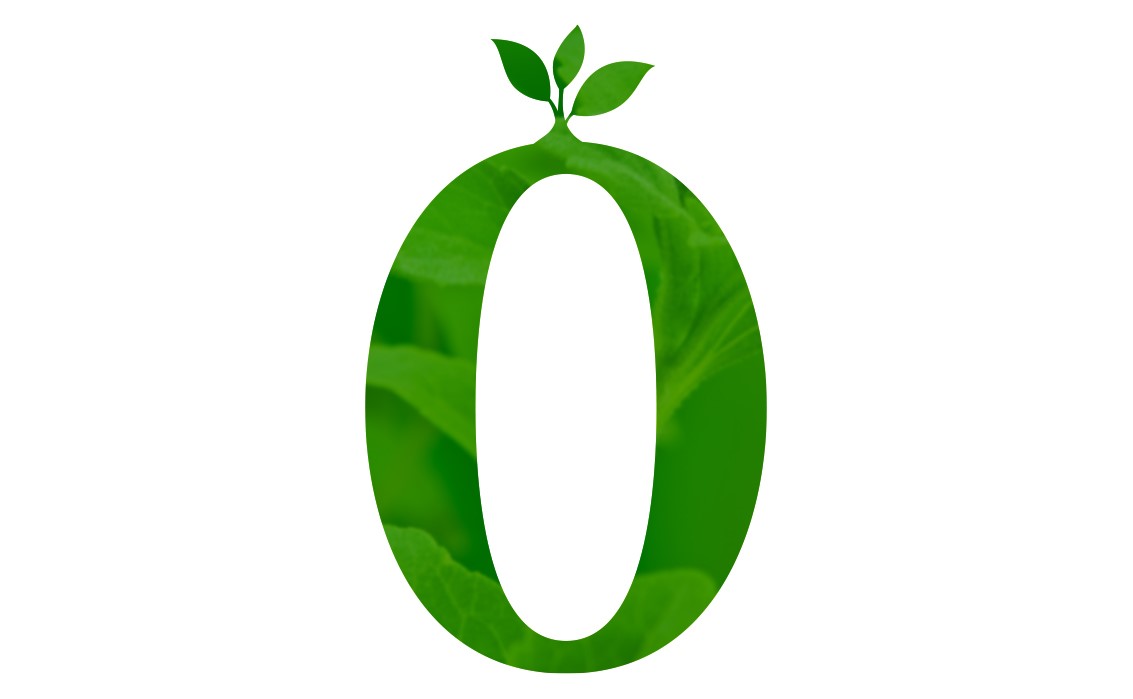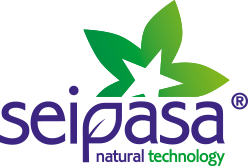Zero residue agriculture: the “third way” that is gaining ground in value-added production

Strategy: this is the key term that underpins the bases of zero residue agriculture or agriculture free of phytosanitary product residues. The European regulation (Regulation EU 396/2005) sets the threshold at 0.01 ppm (parts per million) for a food to be considered residue free, i.e. any active matter analysed must be below 0.01 ppm. To meet this objective, producers need to implement robust strategies and planning and choose the right tools that help them produce fruit, vegetables and cereals which are residue free when harvested.
In a market that sets great store by the term Zero and uses it to convince consumers (zero sugar, 0% fats, zero emissions...) zero residue agriculture has earned its place as a "third way", between conventional and organic agriculture.
In organic agriculture that is no place among its methods for synthetic chemical treatments, and only natural solutions authorised by certifying bodies are permitted. In comparison, zero residue agriculture is based on partnering up tools (both biological solutions and, when necessary, synthetic chemical treatments) which, when applied adequately and with technical supervision as part of a protocol of actions, enables producers to achieve the goal of residue-free crops.
"The key lies in the strategy used and in providing farmers with the right tools for integrated pest management", explains Javier Nácher, Seipasa's Chief Technical Officer. The company founded in 1997 has been a standard-bearer for zero residue agriculture from its very beginnings and specialises in the research and development of treatments of botanical and microbiological origin to improve crop health.
Technology applied to agriculture
"Zero residue agriculture is a technically advanced type of agriculture based on rationalization of the use of phytosanitary products. This is essential to improve crop quality and profitability, to reduce the development of resistances and to advance in systems that respect the environment. What zero residue agriculture proposes to farmers is to reduce the number of synthetic chemical phytosanitary treatments and to replace them with applications based on biological treatments using registered and certified solutions". All of which needs to be supplemented by cultural measures and have the support of beneficial organisms for biological control", Mr Nácher states.
Together with the University of Zaragoza and the Zerya voluntary standard, the company has taken part in the LIFE+ Zero Residues project, which has given rise to the development of a method for pesticide residue free production for stone fruit.
In zero residue agriculture, discipline and permanent monitoring of the crop’s phytosanitary state are crucial to reach the goal of residue-free harvests. The final result must be validated and supervised by one of the existing independent certifying bodies.
Advantages for producers, retailers and consumers
At this point the question we should ask is why zero-residue agriculture? and what are the market benefits? To answer this there are a number of different viewpoints we must consider, almost as many as the links in the production chain. For producers, zero residue agriculture means making a commitment to differentiation. This involves positioning their fruit, vegetables or cereals in parallel with organic products, and in a position that stands out from conventional products.
From the point of view of regulations, European legislation is becoming increasingly stringent regarding the use of active substances that are used in synthetic chemical products. Year after year fewer phytosanitary products are available due to the European Commission’s reviews of active substances. For producers this means a change in thinking. Many of the tools they have used up to now are no longer available and they have to seek registered alternatives in the field of biologically-based treatments: bioinsecticides, biofungicides and biostimulants.
For the retail industry, zero residue agriculture offers a guarantee of safety and trustworthiness. Large retail chains are only too aware of the risks of food alerts from the point of view of sales, and particularly the risk of reputational damage.
Some retailers such as Alcampo have developed their own seal which guarantees that the fruit and vegetables on their shelves have been grown sustainably, with the minimal application of chemicals to crops and none at all after harvesting. Their "pesticide residue free" product seal certifies that at harvesting the product has no residues of phytosanitary treatments, which is verified by an analysis covering a total of 385 active substances.
Beyond the MRLs
The aim of these policies which are applicable to the large retail distribution sector is to go beyond what the law stipulates and to implement even more thorough and stringent norms than those laid down in legislation regarding the MRLs or the maximum residue limits allowed for foods.
Finally it is just as important to examine this issue from the viewpoint of consumers. Agriculture is moving towards standards that require high levels of responsibility and efficiency. In this transition towards a socio-environmental agriculture, zero residue agriculture provides the tools to produce safe and healthy foods for consumers, which are also safe for the health of agricultural workers and are environmentally friendly.
In short, it is clear that zero residue products are gaining ground as a "third way" or alternative in parallel with organic agriculture, offering high added value and a differentiating element for producers, large retail chains and end consumers.

